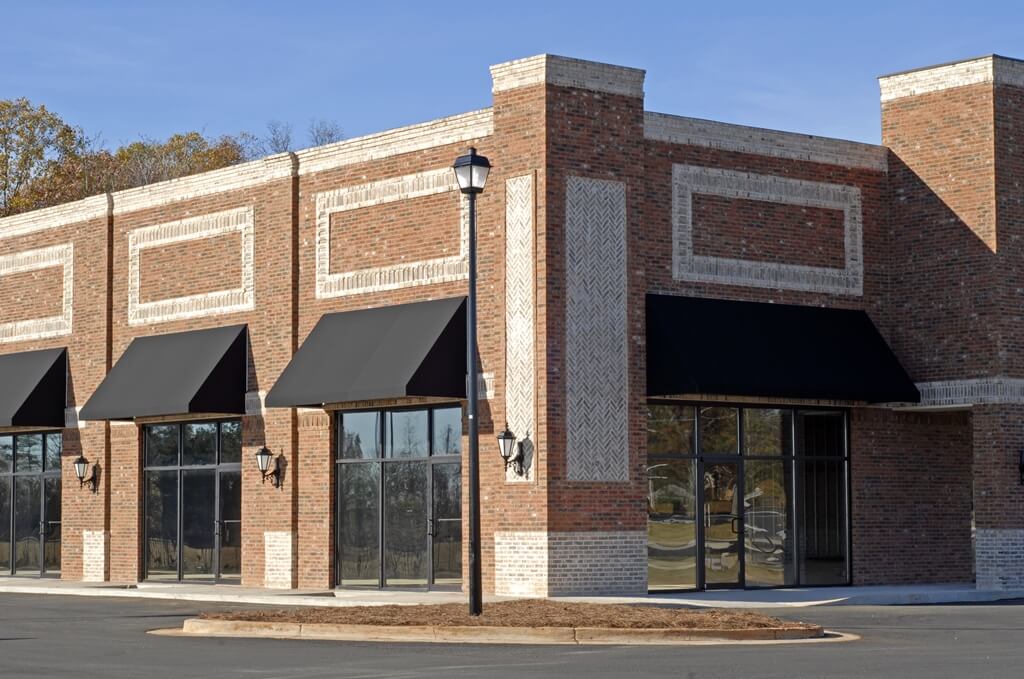The growth of e-commerce, coupled with the ever-changing landscape of the overall retail experience has given the retail sector a negative stigma this cycle.
While certain aspects of retail have been negatively impacted, and big box stores have been on a streak of closing thousands of locations throughout the country over the past few years, a large portion of retail is actually performing well.
Across the four major Texas markets, one of the biggest contributors to success within the retail sector has been the lack of building this cycle, as compared to the prior ten years.
From 2000 to 2009, collective net completions in Austin, Dallas-Fort Worth, Houston and San Antonio amounted to a staggering 265 million square feet. Since 2010, however, retail deliveries in those four markets amounts to just over 91 million square feet.
When compared to the period from 2000 to 2009, the four major Texas markets have collectively added 62 percent less retail per calendar year, on average, this cycle. On a nominal basis, these areas were adding about 26.4 million square feet of retail per calendar year, whereas this cycle has seen an average of 10.1 million square feet.
All four major Texas markets have reduced net completions by more than 55 percent per year this cycle, with Austin leading the pack with a 67 percent drop, followed by Dallas-Fort Worth with 63 percent less, Houston with 60 percent less and San Antonio dropping 55 percent.
This is more poignant because major demand drivers for retail have actually improved as deliveries have slowed. Among those, population growth and buying power have increased substantially this cycle, as compared to the 2000 to 2009 time period.
Total population across the four major markets has increased by about 20 percent this cycle over an eight year period, versus a 26 percent increase over the prior ten years. Though population growth on a percentage basis has slowed slightly this cycle, the nominal growth has been exceptional, growing from a larger base this cycle than the last.
This population increase has buoyed an increase in buying power. Calculated as the number of households multiplied by median household incomes in a given area, buying power has increased by more than 35 percent in each of these areas since 2010. Buying power can be a good indicator in terms of how disposable income there is in a given area and often is a metric utilized by developers in gauging the viability of new retail developments.
Also contributing to the reduction of net deliveries in Texas has been a shift in the types of retail that are built. Excluding a few major projects, developers and owners have largely shifted away from the super-regional, regional and local malls. Instead, the concept of experiential retail has started to take hold as owners are more cognizant of how a shopper spends their time in a store.
For example, national retailers Dunkin Donuts and Starbucks came out and said that they would prefer for customers to stay in their cars, rather than to enter the store. This is certainly a shift from the older, enclosed air malls with large department stores.


